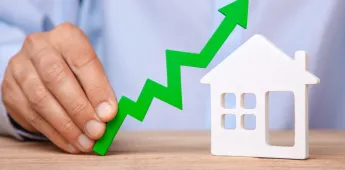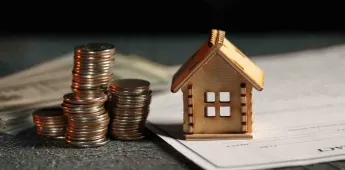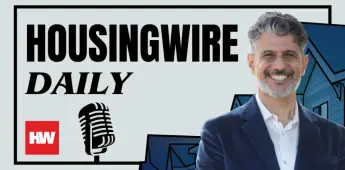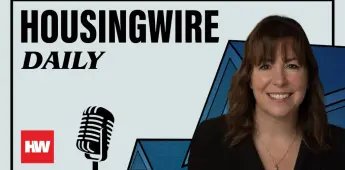How can you tell if the housing market is rebounding from COVID-19?
HousingWire Lead Analyst Logan Mohtashami discusses his recent article, which explains how the recent surge in coronavirus cases might impact the housing market this winter. Mohtashami also gives a refresher on the five indicators that he has been closely tracking that will show the housing market’s rebound from COVID-19.
When asked for an update on the indicators during the interview, Mohtashami said, “If you look at credit stress data, credit stress stress got better. If you look at jobless claims, it’s very high I know, and some economist friends might yell me this, but it’s heading a better direction.”
“People are thinking it’s not the end of the world. For the stay at home orders, we never really had a national, stay-at-home shut down, but even with some of the restrictions, people are just still acting differently,” said Mohtashami. “The future looks better once we get a vaccine and once we can get treatments. And then all of a sudden, the next wave of labor will come in, the next wave of income will come in, things are gonna be good. That was the way to look at 2020, not go into the straight depression.”
For some background on the story and how COVID-19 has impacted the housing market, here’s a snippet of the article:
With COVID infection rates exploding and hospitalization rates rising as we go into the cold winter months, the risk this poses to our recovering housing market is a question that should be addressed. In a previous article, I identified infection rates during the winter months as one of the economy’s high-risk variables.
Before COVID-19 hit our shores, we were trending at 10% growth, working at cycle highs in demand. The housing heat months for the MBA purchase application data are from the second week of January to May’s first week. Typically, after May, total volumes fall as seasonality kicks in. We had double-digit growth until March 18.
Then COVID-19 hit and we had nine consecutive weeks of year-over-year declines. The fear of the virus, the stay-at-home orders, a collapsing stock market and a rising financial stress index all played a part in the market’s rapid decimation. Four weeks into the decline, the market stabilized, and the rate of decline stopped, then began to recover over the next five weeks.
We eventually turned positive on a year-over-year basis and got a true V-shape recovery, despite all the Housing Bubble Boys’ protestations calling for a crash. You may have heard whispers about a “W-shape market,” meaning a decline after the recovery. But instead, we have had 25 straight weeks of year-over-year growth, averaging over 20%.
Latest Videos
Sponsored Videos










